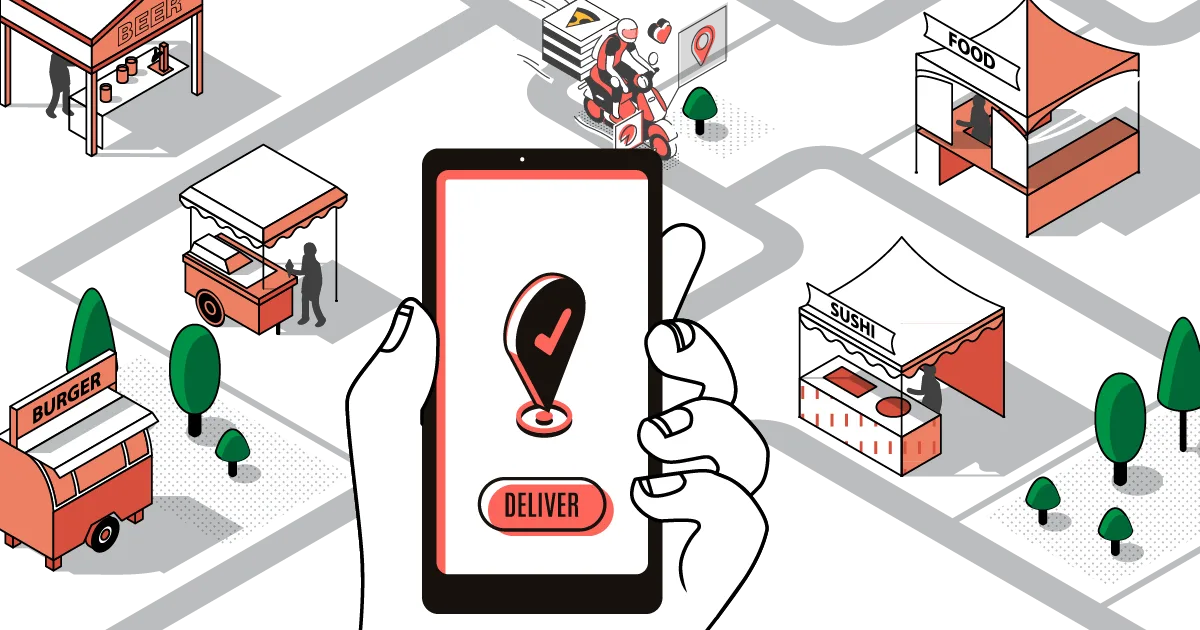Remember the pre-pandemic days when we worried about screen time? Well, screens have officially won. Nearly every night I find myself an hour deep into scrolling through TikTok. Just how many strangers can I watch do the same dance? It’s strangely comforting. I close out TikTok and open Instagram. A friend has tagged me in the #FirstPhotoChallenge and suddenly I’m searching for the first photo of me and my fiancé. Fast forward to the next morning, when I’m just about to reach peak WFH productivity, as a coworker Slacks me a link to a livestream and I’m immediately shrieking in joy watching penguins waddle around an empty zoo.
COVID-19 has changed nearly every aspect of our daily lives and for many people, their circumstances have become more stressful and hectic than ever. In the grand scheme of a major pandemic, increased screen time is, of course, a minor concern. It is a privilege to be healthy at home, seeking ways to pass time. In this state of isolation, though, consumers are experiencing heightened levels of anxiety and loneliness. Turning to online content is one way in which people are coping and a cultural quarantine hivemind has developed across platforms where we see three different themes of content thriving, with micro-trends emerging under each faster than ever.

Theme #1: Pure or uplifting content that brings me comfort and joy
Consumers are desperate for a dose of positivity in the midst of a dark time. Research by Ypulse found that anxiety has increased for young consumers and 67% of 13-39 year olds plan to watch uplifting content in the coming weeks. In addition, Google searches for “good news” have increased 355% in the last 90 days.
Examples:
John Krasinski started a YouTube show “Some Good News” which features heartwarming stories, a low-budget production vibe, and a logo drawn by his daughters. The show is the definition of pure content and has garnered over 35 million views since he launched on March 25.

Instagram accounts dedicated to feel-good stories have seen followers skyrocket recently. @TanksGoodNews posts COVID-specific news including heartwarming donations, recovery statistics, and calls to action.
Theme #2: Content that offers a distraction by inviting me to participate
People are eager for stimulation in this new reality, and as a result, engaging with all sorts of challenges and interactive activities that are easily achievable at home and highly shareable online. Daily views of YouTube videos with “#withme” in the title have increased by 600 percent since March 15th compared to the rest of the year. In addition to boredom, there’s a pressure to be productive during this time, and some of these activities can feel like small, quantifiable victories that we‘re able to share.
Examples:
Instagram Challenges like “draw something” and “see a dog, send a dog”


TikTok, the home of dance challenges among other popular types of content, has had 315 million downloads in the first 3 months of 2020, which in the same timeframe last year was 187M downloads. Billions of people are getting in on dance challenges, and recently many quarantined youth are even getting their parents involved in the fun.
@the.mcfarlands You asked for it... Here it is 📸 ##blindinglightschallenge ##blindinglights ##happyathome
♬ Blinding Lights - The Weeknd
Theme #3: Content that makes me feel connected to others
Many people are feeling lonelier than ever before. According to research by Savanta, 66% of consumers say the number one thing they want to do post-quarantine is visit friends and family. Unsurprisingly, people have turned to Facetime and Zoom to connect with the people they care about. More recently, people are using these platforms in ways beyond just a standard meetup to connect virtually or participate in the types of group activities they loved before the pandemic.
Examples:
Club Quarantee has become one of the hottest “virtual clubs” that replicates the club experience online. Things like a doorman who checks that you’ve paid the $10 cover charge and a “nightclub attire” requirement for attendees. These efforts are a way to “keep up the vibe.”

Powerpoint parties are gatherings, fueled by Gen Z, where each attendee creates a short presentation on a topic agreed upon by the group as a fun way to go beyond just talking to each other for hours on end.
Tonight me and my pals had a powerpoint presentation party in isolation where there were no content guidelines. Hilarity ensued pic.twitter.com/7rMP5wzyDg
— AJ (@ziraph_) March 29, 2020
So What?
As marketers, we need to understand that these content trends have emerged because of the increased anxiety and sense of loneliness consumers are experiencing during these unprecedented times. It’s critical for brands to more thoughtfully consider how these trends might impact their content strategy than we would during normal times. Typically, we ask ourselves “how can my brand meaningfully participate in this trend in order to be culturally relevant?” Today, however, we should be asking ourselves, “Are there ways my brand can meaningfully provide value and do so by tapping into a channel or format that is trending in this state of the world?”
Here are a few examples of brands who have found ways to respond to these trends with purpose:
Theme #1: Pure or uplifting content that brings me comfort and joy
Oreo is reminding families to “stay playful” while at home with a compilation of clips featuring families creating fun experiences at home. Simple, makes sense for the brand, and brings a smile to the viewer’s face.
Theme #2: Content that offers a distraction by inviting me to participate
Nike recently launched “The Living Room Challenge,” an ongoing weekly competition that encourages people to compete against themselves, others and celebrities in a weekly challenge that creates excitement, variety and purpose for consumers. Kicking off the series is an ab workout led by Cristiano Ronaldo via his Instagram account. After finishing 142 reps in just 45 seconds, Ronaldo invites fans and followers to attempt to beat his “core crusher record” in one week and share their results.
Theme #3: Content that makes me feel connected to others
Chipotle Mexican Grill launched “Chipotle Together” sessions, a week-long promotion in late March. Each day at lunchtime, people were invited to enjoy their lunch over a brand-hosted virtual get together on Zoom. The sessions included Chipotle-inspired presentations, celebrity appearances, Q&As and the chance to win free voucher codes for online delivery.

We’re in an ever-evolving situation where consumers are more critical of brand actions than ever before. It may not make sense for your brand to engage with the content trends of COVID-19 and that’s ok. In either case, stay true to your brand and be transparent and authentic in any sort of content you publish.


